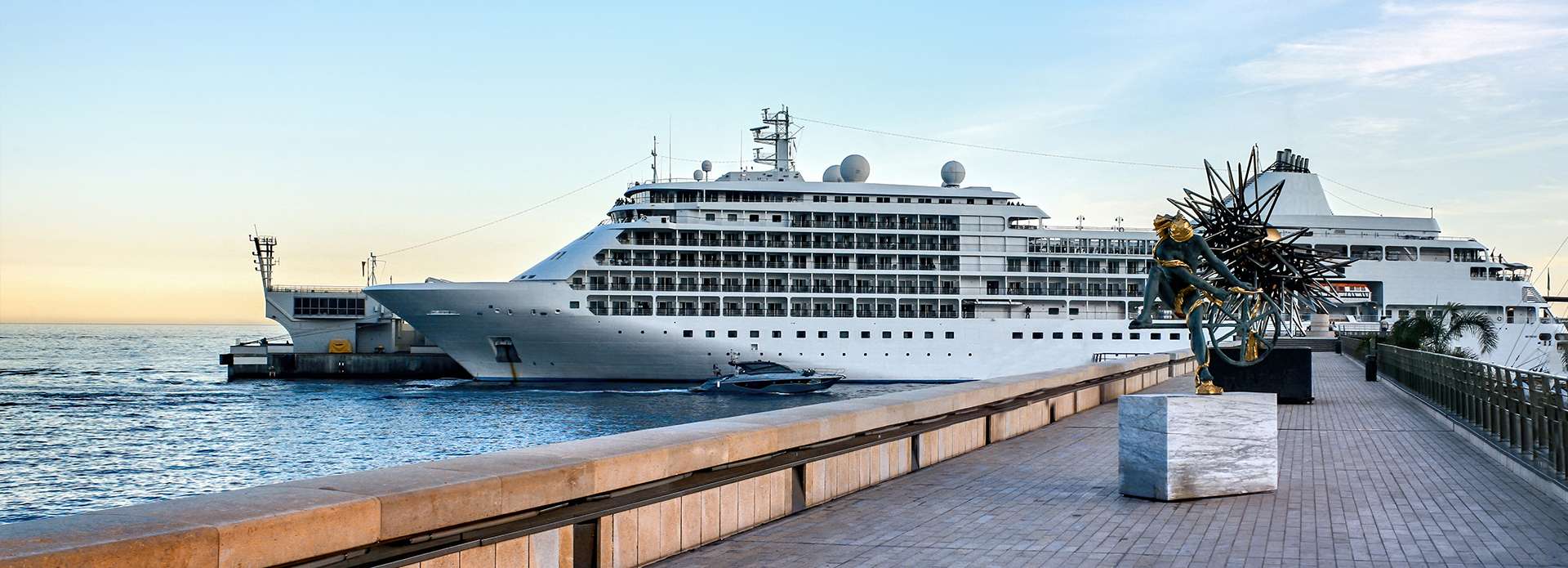 100% Secure Bookings
100% Secure Bookings
Payments powered by WorldPay Price Beat Or Meet
Price Beat Or Meet
We guarantee you the best price Team Of Travel Experts
Team Of Travel Experts
We help you on every booking step 24/7 Customer Care
24/7 Customer Care
We offer round the clock service
Monaco Holidays
Monaco is the second smallest independent country in the world, squeezed into 200 hectares after the Vatican. It is near the border of Italy. Their official language is French, and it forms an enclave within France. It became a constitutional monarchy in 1911. An attraction for adventurers and travellers since the start of the 20th century, Monaco is well-known to be a tax haven. It hosts the annual Formula One Grand Prix. Holidays in Monaco are a big hit and the primary reason for their ever-growing economy, making it an ideal tourist destination, despite its small size.
All-Inclusive Monaco Holidays Packages
An urban country, Monaco is divided into four central regions: Monaco-Ville, also known as the old city, the Condamine is their port quarter, Monte-Carlo the business and recreation hub, and Fontvieille, which is the recreation and light industry. As natural resources are scarce, Monaco has become a tourist attraction for people worldwide, offering all-inclusive Monaco holidays and a tax haven for the business world. Even though Monaco is six times bigger than the Vatican, it is the most densely populated country in the world, with approximately 38,400 people living in just 2 kilometers.



*All holiday package rates displayed are updated as of Dec 27, 2025, at 9:26 AM EST. The airfares are on a per-passenger basis and the hotel rates are on a twin-sharing per-night basis unless stated otherwise. Our Service Fees and government, hotel and other charges may apply. Read our Terms and Conditions for more details.
Our Monaco Hotel Recommendations
Top Tourist Attractions of Monaco
Hidden Gems of Monaco
 Saint Nicholas Cathedral
Saint Nicholas Cathedral
Cathedrale de Monaco is also known as the Saint Nicholas Cathedral of the Roman Catholic Archdiocese of Monaco. It is in Monaco-Ville and known as the Cathedral of Our Lady Of The Immaculate Conception and Cathédrale de Notre-Dame-Immaculée in French. It was built between 1875 and 1903 and was declared sacred in 1911. Its architecture is of the Roman-Byzantine style using white stone from La Turbie. The Cathedral is home to many tombs of Monaco's former Princes. Inside the Cathedral, you can see the magnificent high altar and the Episcopal throne constructed using white Carrara marble.
 Saint Martin Gardens
Saint Martin Gardens
St Martin Gardens, commonly known as Jardin St. Martin, is the first public garden of the principality. It opened in 1816, and it was built on abandoned land so that the famine-hit population got employment. They are made of a series of pathways southwest of the Rock of Monaco. It is stretched over 1.2 hectares (11,200 square metres), the gardens are home to archaeological finds dating from the Holocene era. The St Martin Gardens were originally home to typical Mediterranean trees like pine trees, holm oaks, pistachio trees, myrtle, etc.) Exotic species later acclimatised as an addition. This green oasis is hidden between the Oceanographic Museum and the Cathedral, offering its visitors beautiful views of the sea and a stroll full of surprises. You can see unique plants and sculptures, creating a combination of art and botany. At the oceanfront facing the Mediterranean, you can see the bronze statue of Prince Albert I, who was known as the "navigator prince", created by Francois Cogne
 Opera de Monte Carlo
Opera de Monte Carlo
The Opera de Monte-Carlo is an opera house located in the Principality of Monaco. It is a part of the Monte Carlo Casino. In the 1870s, Prince Charles III and Société des Bains de Mer decided to open a concert hall in the casino. It was opened in 1879 and was called the Salle Garnier, named after Charles Garnier, the architect who designed it. After the renovation of the Salle Garnier in 2004 and 2005, the concert hall now has modern conference and performance halls where the Monte Carlo Philharmonic Orchestra and Les Ballets de Monte Carlo perform regularly. Over the years, it has maintained the tradition of old Opera while making creative advancements. Visitors can enjoy shows like the Monte Carlo Jazz Festival, which is held every autumn and brings the jazz music acts of all time.
 Roseraie Princesse Grace
Roseraie Princesse Grace
At the centre of the Gardens of Fontvieille, you can find the Princess Grace Rose Garden, la Roseraie Princesse Grace in French. Stretched in 5000 square metres, this garden is a place of calm and serenity. It is home to many contemporary sculptures and nearly 4000 bushes of roses that fill the air with their sweet fragrance. The rose garden is constructed in memory of Princess Grace, the wife of Prince Rainier III. It is according to the principles of an English rose garden. Yet, it maintains the character of Mediterranean culture with its century-old olive trees. It opened on 18 June 1984 and has been a crowd favourite ever since.
 Fort Antoine
Fort Antoine
The Monaco-Ville neighbourhood's Avenue de la Quarantaine is home to the small Fort Antoine Theatre. The fort holds outdoor plays during the summer. The theatre was built as a fortress in the early 18th century before being destroyed in 1944. This early-nineteenth-century fortress is now an open-air theatre; it was reconstructed in 1953 on HRH Prince Rainier III initiative after being destroyed in 1944. Its military architecture, watchtower, and almost total isolation all contribute to its allure. Its stage is nicely set up, with a pyramid of cannonballs in the centre. The pittosporum hedges that serve as protection where there is no parapet highlight the fort's military architectural style.
 Sainte Devote Chapel
Sainte Devote Chapel
St. Devota, the patron saint of Monaco, is honoured in the Roman Catholic chapel known as Sainte-Dévote Chapel (French: Chapelle Sainte Dévote; Ligurian: Geija de Santa Devotâ). Archives from 1070 first refer to the chapel, located where the Chapel of Relics now stands and built up against the Vallon des Games wall. It was rebuilt in the sixteenth century. Prince Honoré II added a span in 1606, followed by a porch in 1637. The façade was reconstructed in 1870 and underwent additional restoration in 1891 in "18th-century Neo-Greek" fashion. Nicolas Lorin of Chartres created the stained-glass window frames. In 1887, the chapel was converted into a parish church. The Sovereign Prince of Monaco's bride customarily places her bridal bouquet at the chapel following the wedding ceremony. The first corner of the Circuit de Monaco, which hosts the Monaco Grand Prix, is known as "Sainte-Dévote" because of the chapel's name.







